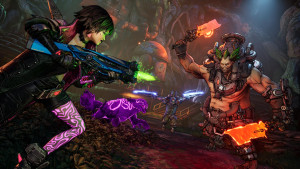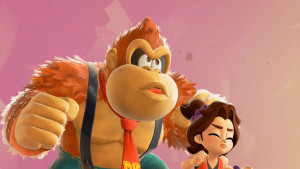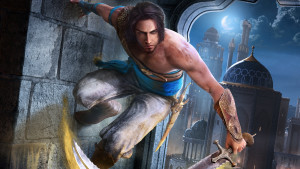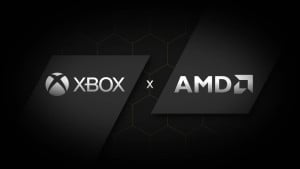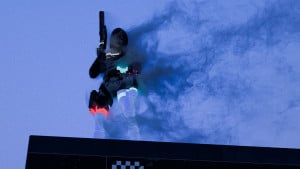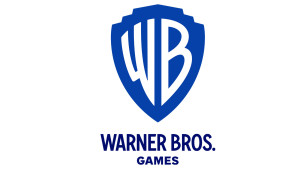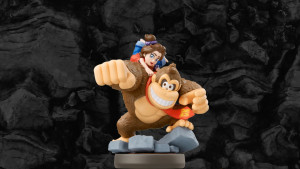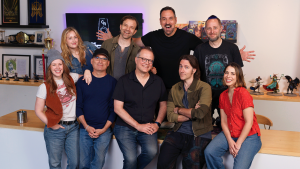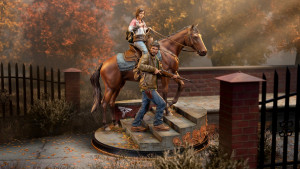The magazine is back. Get your subscription now!
Building Life With Project Spark
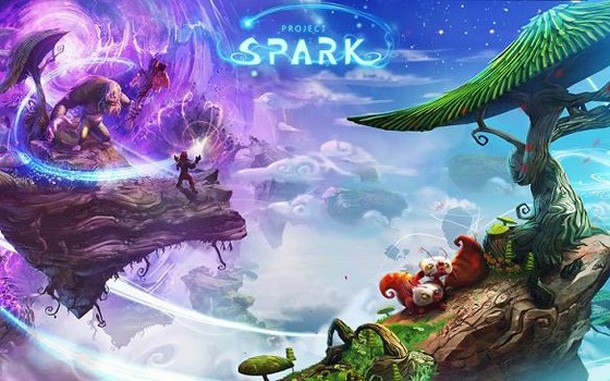
When Project Spark was shown during Microsoft’s E3 press conference, it wasn’t entirely clear what exactly the game was. Is Project Spark a level designer? Is it creative art software? Is it an action game? After seeing the game in action, it’s clear that Project Spark will ultimately become a product of whatever creative players are able to do with it in the future, which is why it’s difficult to define it in its current state.
Our presentation begins with a demonstration of using a touch-screen tablet to create a level. By selecting certain paintbrushes and dragging fingers across the screen, we see a world come together quickly. A large cave with a moat is created with simple dragging. There is a coast that grows from bushes into tall trees as you move inland, and a house resting just at the opening of the cave. You can pinch to zoom in to adjust small details, or zoom out to create wide swaths of shrubbery and trees.
The representative from Microsoft decides he wants his world to be grassy, so he selects the brush and paints grass on the ground. When he paints up the walls of the cave, the game automatically adjusts to appropriately recreate what the inside of a cave would look like – it doesn’t simply apply grass textures to the wall. The resulting world has an art style reminiscent of the Fable games, with a drastic visual upgrade as it is appearing on the Xbox One.
After the world is created, it’s time to give it some character with some characters. Birds and orcs are placed in the world, as well as the player character. Every object comes with a brain with default actions. Birds will fly around, orcs will attack humans, and rocks will sit there doing nothing like a good rock should. Brains can be changed though with simplified “when” and “do” programming tools.
For example, the representative showing the game tells the rock, “when” the player gets near, “do” follow. Once the command is in place, the rock begins to hop around and follow the player when he comes close. Birds are also instructed to explode, and the orc is given the brain of a bird, and takes off flapping his arms into the air.
Even the physics of objects can be changed. What was once a happy bouncy rock changes to a believable rock that rolls around on the ground and sinks in the water just as you would expect a sentient rock to do.
For good measure, the player character is also changed into a squirrel, because why not?
This creation was made completely from scratch, but you can also build a world and objectives from a series of choices. You start with basic things like what should this world look like? Desert sand or grassy? What sort of buildings should be here? etc. Choices are made until it's time to drop in the world and explore.
After everything is established, the player sets down, finds an NPC, accepts a mission, and starts beating up enemies. This portion of the game, choosing your surroundings and objectives, seems to be the closest Project Spark gets to being a traditional game. If you want to play a game with a story and objectives, you will have to rely on the output of the game’s community.
After seeing the creation tools, Microsoft moves on to show us some of the creations that have been made internally using Spark’s engine. We see something very similar to Fruit Ninja, using the Windows tablet to swipe coins that jump into the air. We are also shown a fully functional piano and a Pilotwings-type game that features a flying orc passing through floating rings.
Project Spark is still a strange title. Microsoft has the game set to release during Xbox One’s launch window, and a version of the game is currently being planned for release on the Xbox 360 as well. Microsoft says that the game will be free to play. The base frame will offer basically all of the creation tools, and players will be able to purchase packs that offer more objects and art styles.
